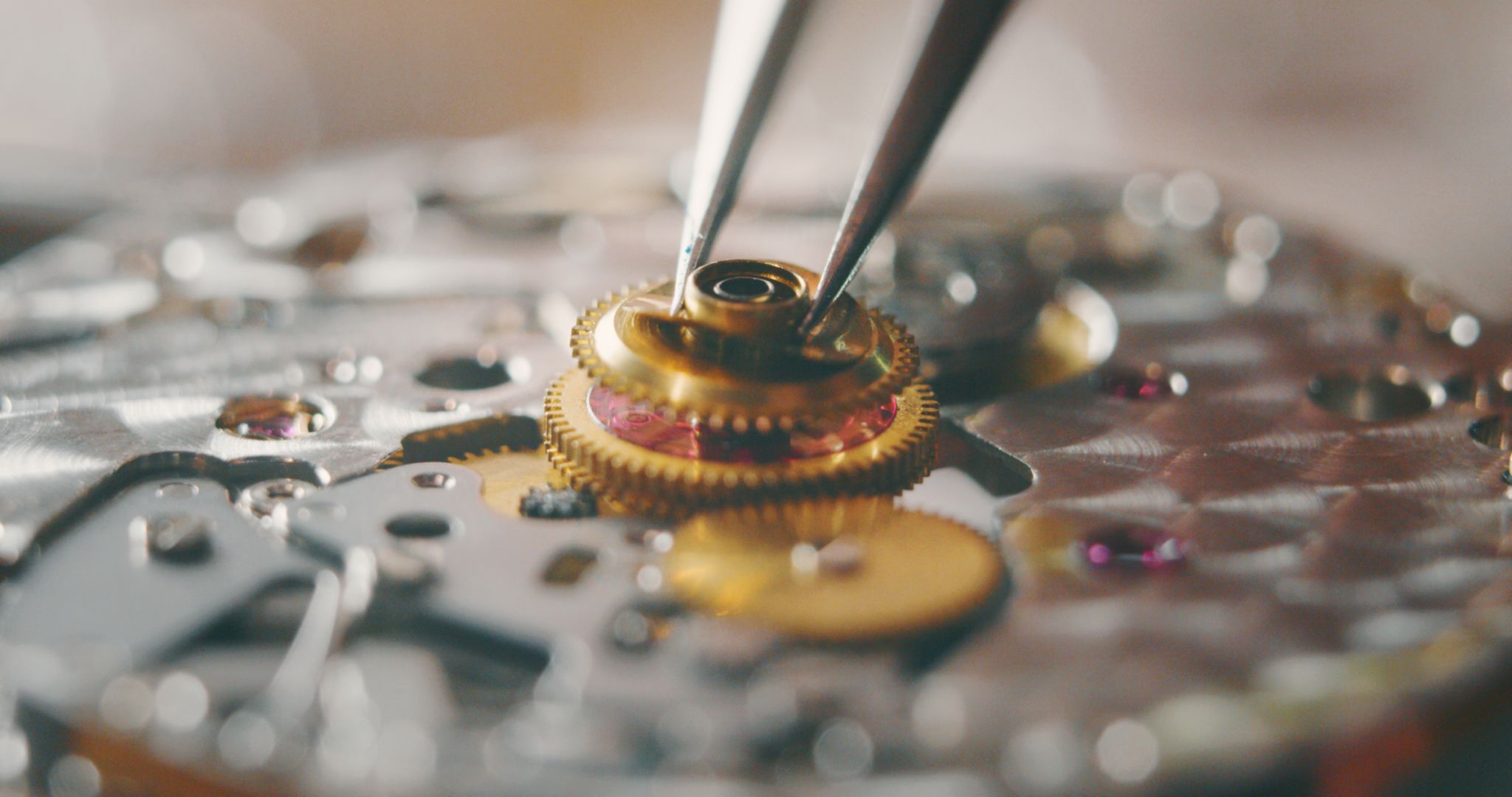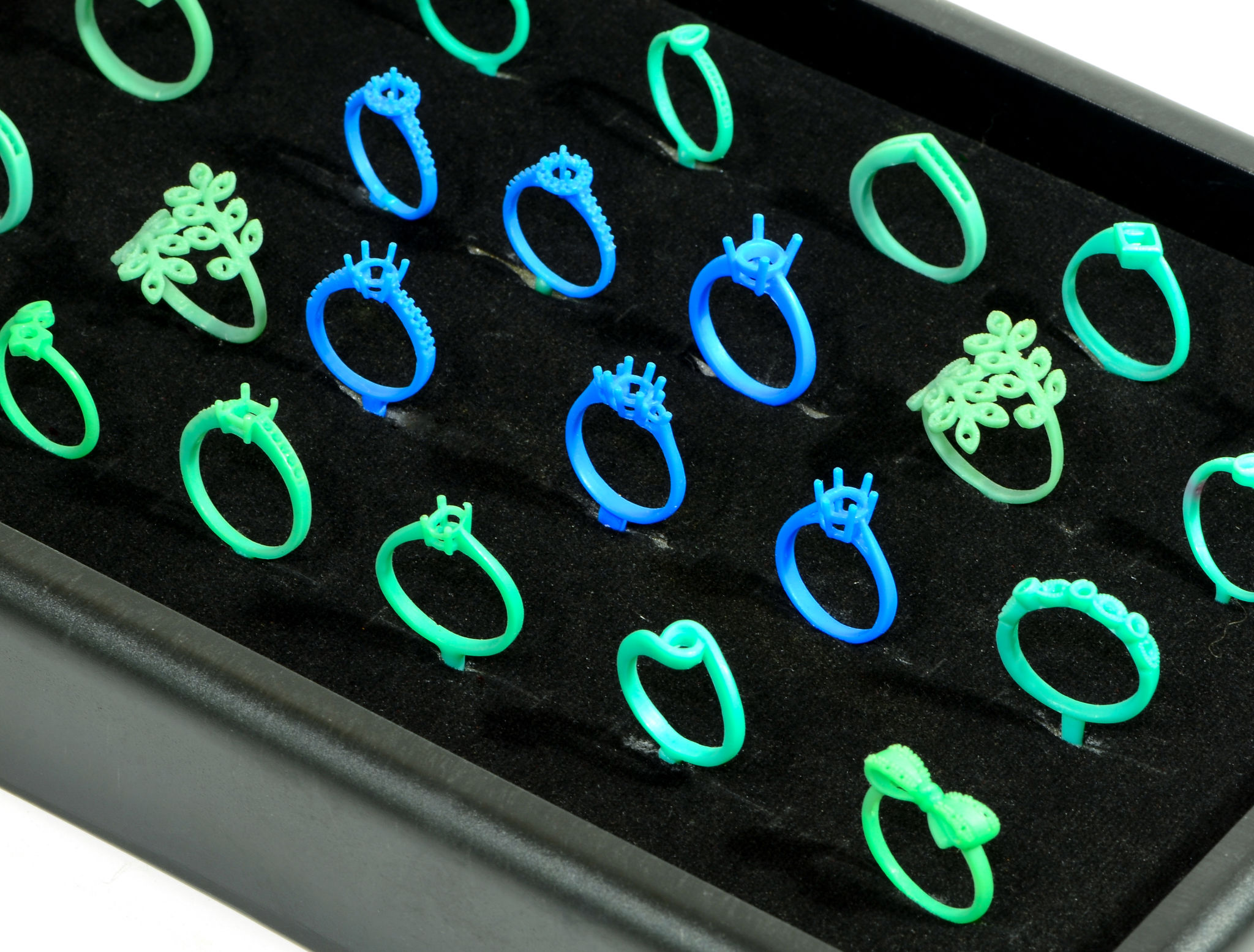The Role of Technology in Modern Jewellery Trading
Introduction to Technology in Jewellery Trading
The jewellery industry, long associated with tradition and craftsmanship, is undergoing a transformation driven by technology. From design and manufacturing to sales and marketing, technology has become an essential component in modern jewellery trading. This shift not only enhances efficiency but also opens up new opportunities for creativity and customer engagement.
Modern jewellers are leveraging technology to streamline processes, reduce costs, and reach broader audiences. The integration of digital tools is reshaping how businesses operate in this intricate market, ensuring they remain competitive in a digital age.

Design and Manufacturing Innovations
3D Printing and CAD
One of the most significant advancements in jewellery manufacturing is the use of 3D printing and Computer-Aided Design (CAD). These technologies allow designers to create detailed prototypes and intricate designs that were previously impossible or too costly to produce using traditional methods. With 3D printing, customisation becomes more accessible, enabling jewellers to offer bespoke designs tailored to individual customer preferences.
Automation in Production
Automation is also playing a crucial role in reducing manual labor and improving precision in jewellery production. Machines equipped with cutting-edge technology can perform tasks such as stone setting and polishing with remarkable accuracy, ensuring consistency and quality in every piece. This not only enhances productivity but also allows artisans to focus on more creative aspects of jewellery making.

The Digital Marketplace
Online Retail Platforms
The rise of e-commerce platforms has revolutionized how jewellery is bought and sold. Online marketplaces provide jewellers with the ability to reach customers worldwide, breaking geographical barriers that once limited growth. Customers can browse extensive collections, compare prices, and make purchases from the comfort of their homes.
Virtual Try-Ons and Augmented Reality
Augmented reality (AR) and virtual try-on technologies are becoming increasingly popular in the jewellery industry. These tools allow customers to visualize how a piece of jewellery will look on them without needing to visit a physical store. This technological innovation enhances the shopping experience, providing customers with the confidence to make informed purchasing decisions.

Blockchain in Jewellery Trading
Blockchain technology is gaining traction as a means to ensure transparency and traceability in the jewellery supply chain. By recording every transaction on a secure, decentralized ledger, blockchain helps verify the authenticity and ethical sourcing of materials. This transparency builds trust among consumers who are increasingly concerned about sustainable and ethical practices.
Moreover, blockchain can aid in preventing fraud and counterfeiting, offering a reliable way to track the provenance of precious stones and metals. As consumers become more conscious of sustainability, blockchain's role in providing verifiable information becomes even more significant.
Conclusion: Embracing the Future
The integration of technology in jewellery trading is not just a trend but a necessity for businesses seeking to thrive in today's competitive market. From enhancing design capabilities to improving customer experiences and supply chain transparency, technology offers numerous benefits that cannot be ignored.
As technology continues to evolve, those in the jewellery industry must stay abreast of these developments and embrace innovation to meet changing consumer demands and secure their place in the future of jewellery trading.

